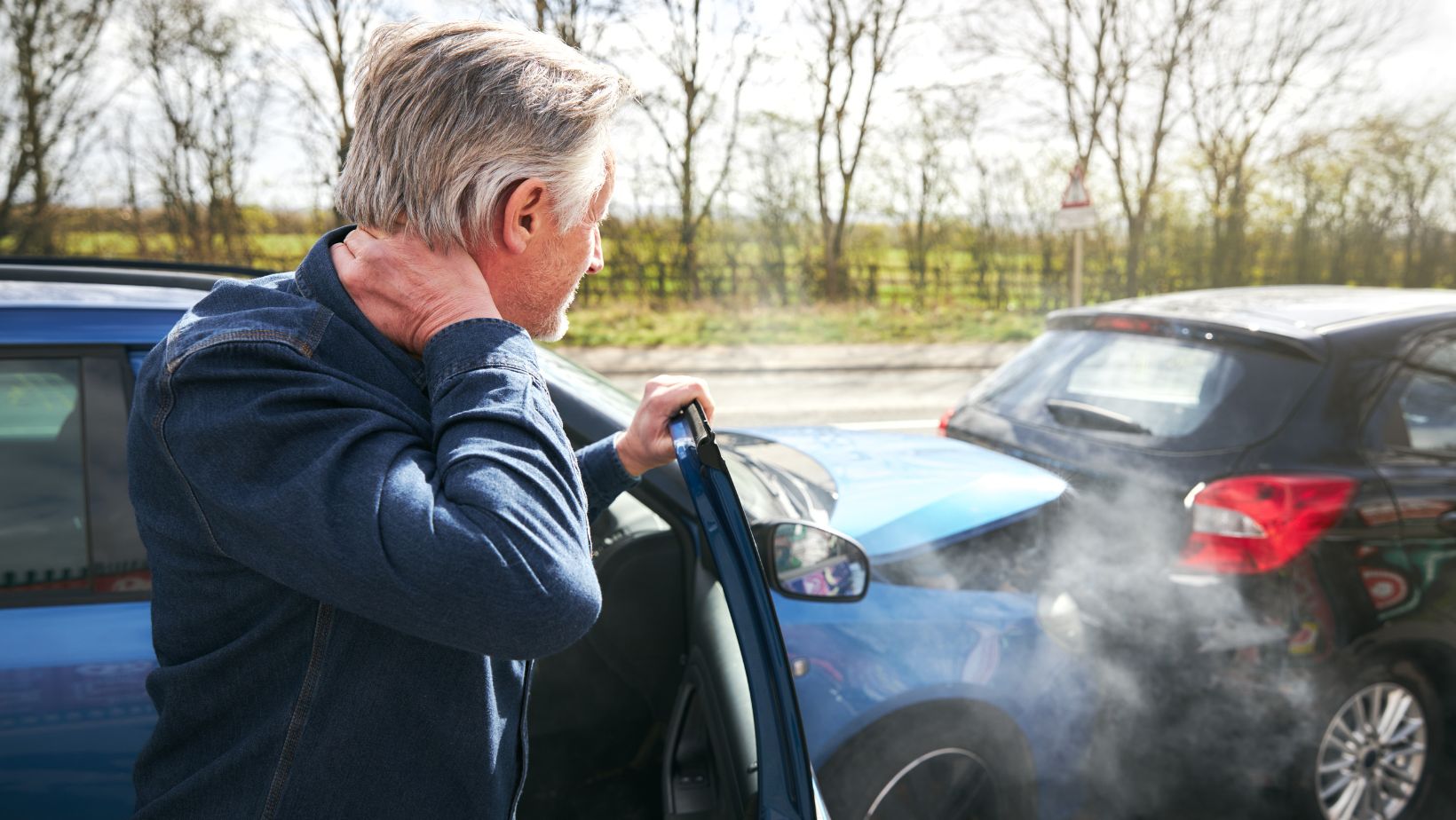
Rideshare apps like Uber and Lyft have made travel much easier. But whenever you get inside a car, there’s always the potential risk of being involved in an accident.
If you are injured as a passenger in a rideshare vehicle, you will want to know who is liable for covering your costs.
So, do rideshare apps pay for passenger injuries? Let’s find out.
How Rideshare Insurance Works When Passengers Are Hurt
Uber and Lyft both maintain commercial insurance that covers passengers from the time a trip is accepted until it ends. This coverage includes medical expenses, lost income, and property damage resulting from an accident.
The driver’s personal insurance usually applies first, but if that coverage is insufficient or denied, the rideshare company’s policy fills the gap.
The coverage limit can reach up to one million dollars, depending on the claim and local laws.
This structure protects passengers by guaranteeing a financial backstop when the driver or another motorist causes a crash. It provides a clear route for compensation, even in cases where determining fault takes time.
When the Driver’s Own Insurance Comes Into Play
A driver’s personal auto policy still matters, even during a rideshare trip.
If the driver causes an accident, their personal insurance may cover the initial portion of damages. However, most personal insurers exclude commercial activity, which means coverage can be denied once the driver logs into the rideshare app.
That’s when Uber or Lyft’s insurance takes over. Their policy acts as excess coverage, stepping in only after the personal insurer’s limits are reached or denied.

This process can create delays and confusion for injured passengers, though, especially if insurers dispute who pays first.
Understanding this order of coverage helps passengers anticipate potential obstacles and avoid unnecessary waiting when filing for compensation.
Filing a Claim After a Rideshare Accident
Filing a claim after a rideshare accident starts with collecting clear evidence.
Passengers should save trip details, screenshots, photos of the scene, and medical records.
Multiple insurers may become involved, so consistent documentation is key.
Reporting the incident through the rideshare app triggers the company’s internal review, which connects you to their insurer for further communication.
Many passengers face delays when adjusters debate fault or policy limits.
Speaking with experienced trial lawyers can help clarify your rights, interpret policy language, and guide you through complex claims.
A structured approach reduces confusion and keeps the process moving.
The goal is to recover full compensation for your injuries without unnecessary conflict or long waiting periods.
Common Mistakes That Can Hurt Your Claim
Passengers often harm their claims without realizing it. Leaving the accident scene too quickly or failing to document injuries, for example, can make later verification difficult. And inconsistent statements to insurers may weaken credibility and reduce settlement value.
Some passengers rely solely on the rideshare company to handle everything. That approach can backfire if coverage disputes arise or deadlines pass without notice.
Promptly reporting injuries, following medical advice, and keeping communication records strengthens your position.
Another common mistake is accepting a low settlement before understanding long-term costs. Reviewing offers carefully and confirming medical stability ensures fair compensation.
A cautious, informed approach prevents small missteps from becoming large financial losses later!







